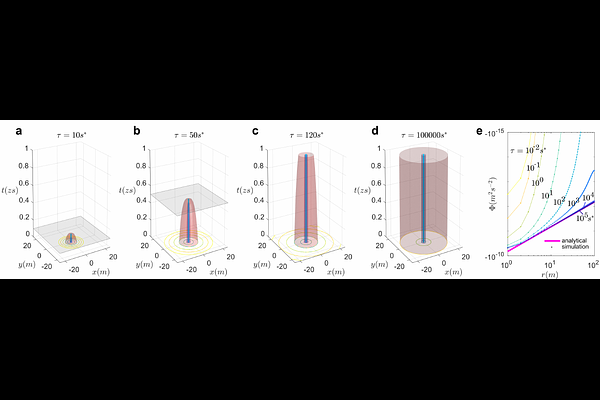Crystallizing spacetime: a fundamentally classical framework for quantum gravity

Crystallizing spacetime: a fundamentally classical framework for quantum gravity
Filip Strubbe
AbstractConventional approaches to quantum gravity regard quantum principles, such as nonlocality and superposition, as fundamental properties of nature and therefore argue that gravity must also be quantized. In contrast, this work introduces a theory of crystallizing spacetime, which offers an alternative perspective: that both gravitational and quantum mechanical observations can be explained within a fundamentally classical framework operating beyond traditional spacetime. The theory proposes a spacetime relaxation mechanism wherein a dynamically evolving four-dimensional spacetime, populated by dynamic worldlines, relaxes as a function of the parameter $\tau$ into a standard spacetime consistent with general relativity. Simulations in the weak-gravity limit illustrate this process of spacetime and worldline relaxation. Additionally, models are developed showing that two hallmark quantum phenomena -- nonlocality in an EPR experiment and double-slit interference of a massive particle -- can be reproduced in this fundamentally classical framework by implementing Costa de Beauregard's concept of zigzag action along worldlines. The resulting crystallizing spacetime framework not only resolves the measurement problem but also provides a compelling basis for a unified theory of matter and gravity. Since this framework is grounded in concepts analogous to realism, locality, and determinism at its foundations, it brings Einstein's long-sought intuitive worldview within reach.